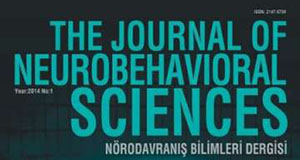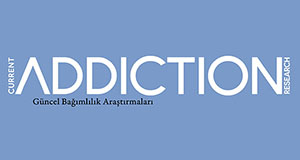
Repetitive transcranial magnetic stimulation is an effective treatment option for treatment resistant depressive disorder. The presented case suggests that repetitive transcranial magnetic stimulation might be effective in inhibition of binge eating and purging behaviors. This case suggests that left dorsolateral prefrontal stimulation with high frequency repetitive transcranial magnetic stimulation could be a potential treatment option for bulimia nervosa comorbid with depressive disorder.
Eating disorders are severe mental disorders associated with multiple comorbidities and complications, with a lifetime prevalence of 5% in women (Hudson et al., 2007) Eating disorders are found to be commonly associated with depressive disorder (Araujo et al., 2010) Treatment options for these disorders are limited and treatment response is often inadequate. Repetitive transcranial magnetic stimulation (rTMS) is an evolving technique that depends on modulation of cortical excitability. Although rTMS administered on dorsolateral prefrontal cortex (DLPFC) is reported to be effective in treatment of depressive disorder, the number of studies investigating the efficacy of rTMS in eating disorders are limited (Van den Eynde et al., 2013) This report presents a case of a bulimia nervosa comorbid with depressive disorder, whose symptoms improved abruptly after administration of rTMS to the left DLPFC.
A 27-year-old woman, with a longstanding history of severe and refractory bulimia nervosa was seen at psychiatric outpatient clinic. She had first been diagnosed at 18years of age with bulimia nervosa and has had binge eating episodes 5-7 times a week followed by self-induced vomiting after every episode for the last nine years. She also received a diagnosis of persistent depressive episode beginning two years ago. She had a history of untreated and self-resolved depression without psychotic features, five years ago. There was an increase in bulimia nervosa severity during the past and current depressive episodes. She stated that depressive symptoms decreased partially while she was on fluoxetine 40 mg/day, but after two months of treatment they recurred. She did not report any decrease in binge eating or self-induced vomiting during treatment with fluoxetine. She did not have any other major psychiatric disorder or substance abuse. On her physical evaluation, poor dental hygiene associated with purging was observed. There were neither eating disorders, nor any other mental disorders in her family.




